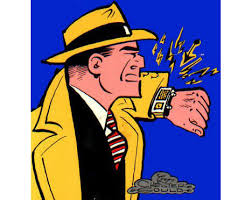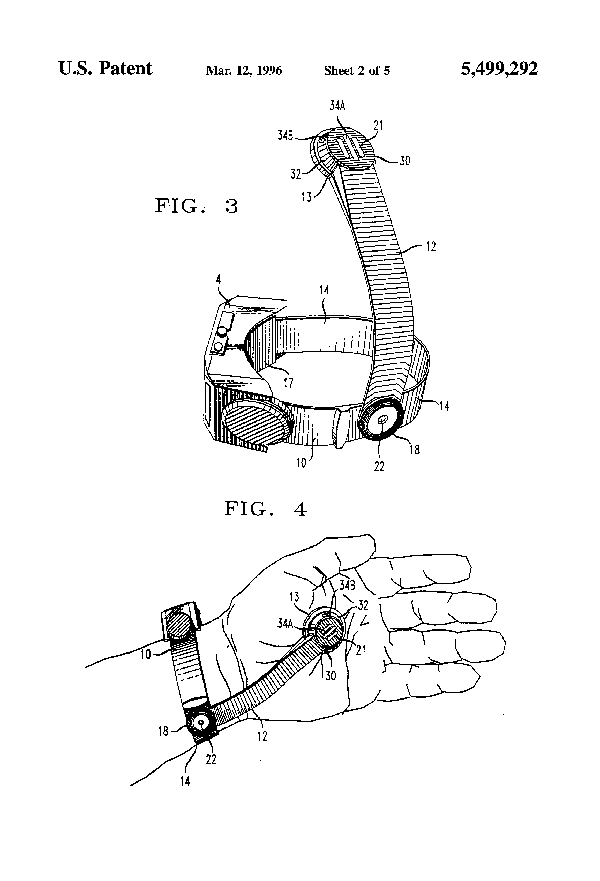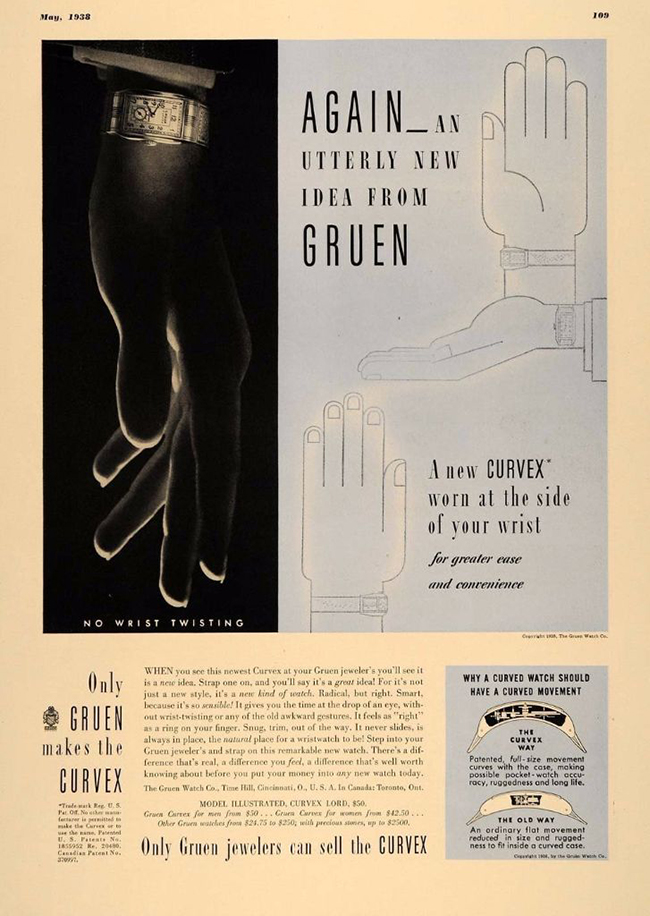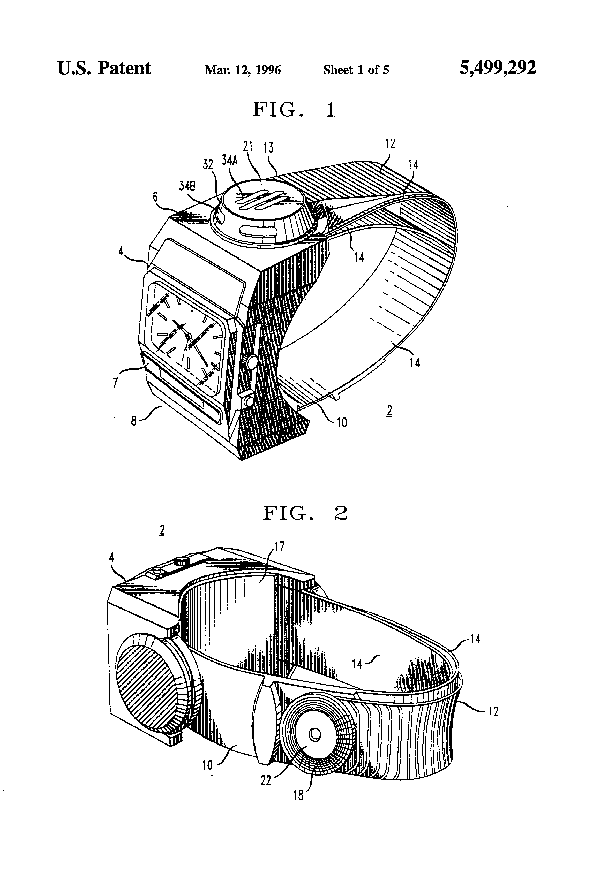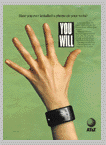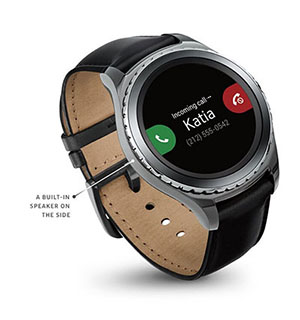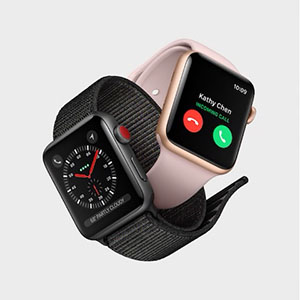| g e n u i n e i d e a s | ||||||
 |
 |
 |
 |
 |
 |
 |
| home | art and science |
writings | biography | food | inventions | search |
| wrist phone story | |||||
| last updated Sept 2017 | |||||
|
Ever since Dick Tracy slapped a police radio onto his arm, generations of readers have clamored for their own, personal wrist phone.
Why a "wrist" phone? Why not a belt phone or an earing phone or a shoe phone a la' Maxwell Smart? Indeed, in the wonderfully paranoid film "The President's Analyst", Ma Bell conspired to implant a tiny rotary "brain" phone in every cerebral cortex of the nation. Refuse to answer the phone? I think not.
In 1993, a small group at Bell Labs set out to design a wearable phone. Practically every consumer focus group identified a wearable phone as a top priority, even groups chartered to judge answering machines or new pricing plans. Although consumers ideally preferred a wearable cellphone, cordless phones were just as popular around the home or in the office. If you're in the garden when the cordless phone rings, or rushing around the house searching for a handset left behind the laundry bin, you'll understand why a phone strapped to the wrist was so desirable. A great product would have to address many user needs-
After considering the pros and cons of numerous designs, we located the phone on the wrist, just like Dick Tracy.
A few models of this phone were built and tested with consumers. Much to our great relief, people not only liked the design but were interested in buying one on the spot- even though the model was a cordless, and not a cellular phone. However, contrary to AT&T's experience with desk phones, style was paramount (this was, after all, a replacement for a watch). So, dozens of models would be required.
When these commercials aired (basically a guy calls a girl from the mountaintop) the switchboards were jammed with callers ready to order. Curiously, the ad agency invented their own version of a wrist phone for the commercials, rather than borrowing our mock-up. The LG Watchphone just debuted at CES in 2009- very credible, and with a bluetooth headset, eliminates the need for a swing-out microphone. By 2017, you could purchase a wrist telephone from Samsung:
Or Apple:
Pre-2006 links- some may be dead:
|
|||||
Contact Greg Blonder by email here - Modified Genuine Ideas, LLC. |
